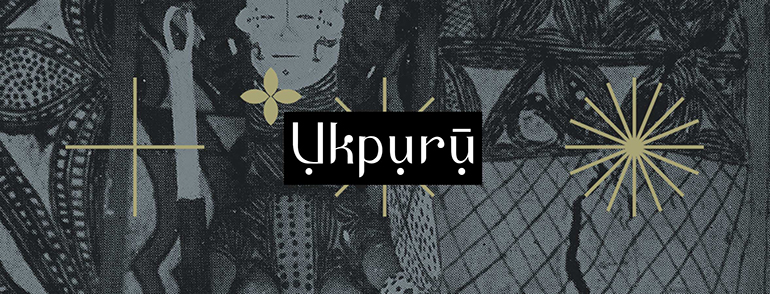 Bridge over Imo River. Published 1920. Internet Archive.
Bridge over Imo River. Published 1920. Internet Archive.
A temporary wooden bridge over the Imo River for the Eastern Division railway line built from 1913 to access the Udi coalfields around Enugwu Ngwo, terminating at the Diobu cliffs of the new port named Port Harcourt by Frederick Lugard. It was originally intended for the line to extend further north to Kaduna to join the Western Division railway to Kano, but the outbreak of WWI led to postponement. The work on the 151 mile section from the port to the Udi hills was prioritised due to the wartime need for coal.
 Quay building at Port Harcourt. The National Archives UK.
Quay building at Port Harcourt. The National Archives UK.
Several battles were fought against the British in the Ngwo area leading to the British taking lands for the railway and for uses relating to the collieries and the building of the city of Enugu which also included the lands of the Nike. At Diobu, the railway took up more land than the local people agreed upon. These lands were declared the property of the Crown.
Much of the labour for the construction of the railways was gotten through British appointed warrant chiefs who selected local people to work, often by force, on sections of the railway running past their communities. Railway and road building was important to the colonial regime. The building and repair work of the railway was a source of contention between the colonial regime and communities on whose lands the railway ran through or near.

No comments:
Post a Comment